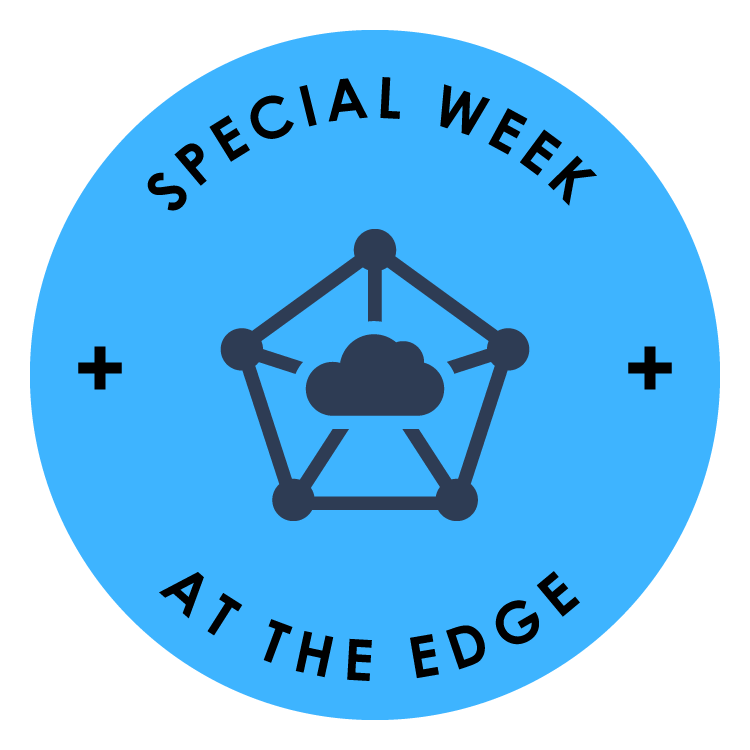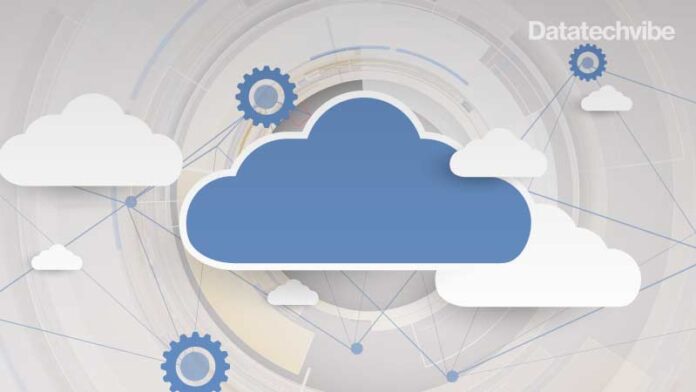Think of edge and cloud as part of a computing continuum. Cloud sits at the centre, and the edge complements it as it radiates out toward the “ends” of a network.

When people talk about edge computing, do you start imagining self-driving cars, autonomous robots and automated retail?
But have you ever thought about how a fast-food chain functions? Every restaurant location uses smart kitchen equipment data analytics to decide when to put the fries in the fryer for perfect crispiness. They use edge computing to hyper-personalise these kinds of actions for each store.
The company can create a forecast in the cloud to predict how many waffle fries can be cooked per minute and over a day, making it easier to use transactional sales data. In reality, it is at the edge where each store micro adjusts the initial forecast based on local data from its kitchen and POS system. Regardless of whether there is a rush of families after a little league game or a kid’s birthday party, computing at the edge ensures that everyone’s fries are crispy.
Delivering services quickly with a personal touch – that’s what edge computing does.
But wait, does that mean the end of cloud computing? Cloud computing is crucial to managing the edge, but edge computing will also drive the next wave of cloud computing.
How is edge computing different from cloud computing?
Edge computing is a new terminology that moves computing to the edge of the network, where it’s closest to users and devices and, most critically, as close as possible to data sources.
On the other hand, in cloud computing, data is generated or collected at many locations and then transferred to the cloud, processing centrally. Cloud computing makes it easier and cheaper to process data together at scale. However, there are times when sending data off to the cloud for processing doesn’t make sense, as in the scenario below.
- The internet is unavailable, or the signal is weak, like on an oil rig connected via satellite in the middle of the ocean.
- The data cannot be transferred off-site because of security concerns and privacy regulations.
- In robotic surgery, a device must analyse data and make split-second decisions. Even a second of latency means sending data to the cloud, and waiting for a decision isn’t an option.
Advantages of edge computing
What makes the edge different? One of the main benefits of edge computing is reducing the risk of a network outage or cloud delays when highly interactive – and timely experiences are critical. Edge enables such experiences by embedding intelligence and automation into the physical world. Think optimising factory operations in a factory, controlling robotic surgery on a patient, or automating production in a mine. And suppose super-speed and reliability are not convincing enough. In that case, you usually follow up with three more unique attributes of edge:
Unparalleled data control: Edge is the first point where compute taps into the data source and determines how much of the original fidelity is preserved when digitising the analogue signal. You can implement what data is stored, obfuscated, summarised and routed. It’s also where you can add controls to address data reliability, privacy and regulations.
For instance, it is better to keep data at the edge when doing facial recognition to unlock a smartphone. The AI models are trained for each user’s face without these images ever leaving the device. Since data is never transferred beyond our phones, it preserves privacy and avoids security breaches in the cloud.
Favourable laws of physics: Edge is always on and has low latency because of reduced network uptime, round-trip times and bandwidth constraints.
For instance, if you have implemented a visual analytics algorithm in a factory production line to find defects in car seat manufacturing. As the seats move down a production line, you can deploy the low-latency deep learning inferencing models at the edge to automate defect detection in real-time. The solution keeps pace with the uptime and production line speed, which only edge computing could allow.
Lower costs: Processing at the edge makes cloud upload and storage cheaper. Why pay for full-fidelity data when a summarised view or key insights might be all you need?
For instance, an oilfield company whose oil wells are only accessible over the air – some via satellite and others only by helicopter, that’s when you can understand the cost-saving power of edge. Data storage is limited, and direct transmission of data is costly – if it is available at all. You can do the analytics on the oil well data, and the next step is to deploy some of these modules directly on the well. That’s where you can use edge computing to preserve data fidelity and optimise what was stored and transmitted. And you can still do rich analytics and keep the most critical data.
Will edge computing replace cloud computing?
No, not at all. Edge computing will not replace cloud computing. For one thing, edge capacity is limited because edge reintroduces resources constraints on battery, bandwidth, storage and computing power. Not everything can run at the edge.
Imagine edge computing and the cloud as part of a continuum; the cloud sits at its core, and the edge complements it as it radiates outwards to the “ends” of a network.
There are fewer reasons for you to believe that edge will not eat away cloud computing.
- Centralised, co-located, and cloud computing is still needed for performance and cost. Cloud’s data and enterprise app gravity is already big and is poised to grow. According to Paul Daugherty, CTO, Accenture, “With most businesses currently at only about 20 per cent in the cloud, moving to 80 per cent or more rapidly and cost-effectively is a massive change that requires a bold new model.” Cloud will integrate with data and computed insights from the edge and spur new apps deployed at the edge.
- Edge computing data feeds into more AI, which needs the cloud more than ever. The inferencing that might happen on edge starts with bringing together data for experimentation and model training, which takes a lot of computing power. Cloud remains the best solution when combining edge, enterprise and third-party data for discovery and AI model creation.
- Edge is an extension of the cloud and requires a common platform-based approach. Adding new technologies like edge to existing cloud platforms makes managing and optimising applications much more accessible.
Cloud and edge computing are distinct but complementary. Centrally, the cloud brings data together to create new analytics and applications, distributed on edge – residing on-site or with the customer. That, in turn, generates more data that feeds back into the cloud to optimise the experience. We can call it a balance in a virtuous cycle. New edge applications that create highly contextualised and personalised experiences are sure to come. It will be hard to top the crispy fries use case, though.
If you liked reading this, you might like our other stories
At The Cutting-Edge: Top Edge Computing Companies To Watch
Understanding AIoT Analysis At The Edge









